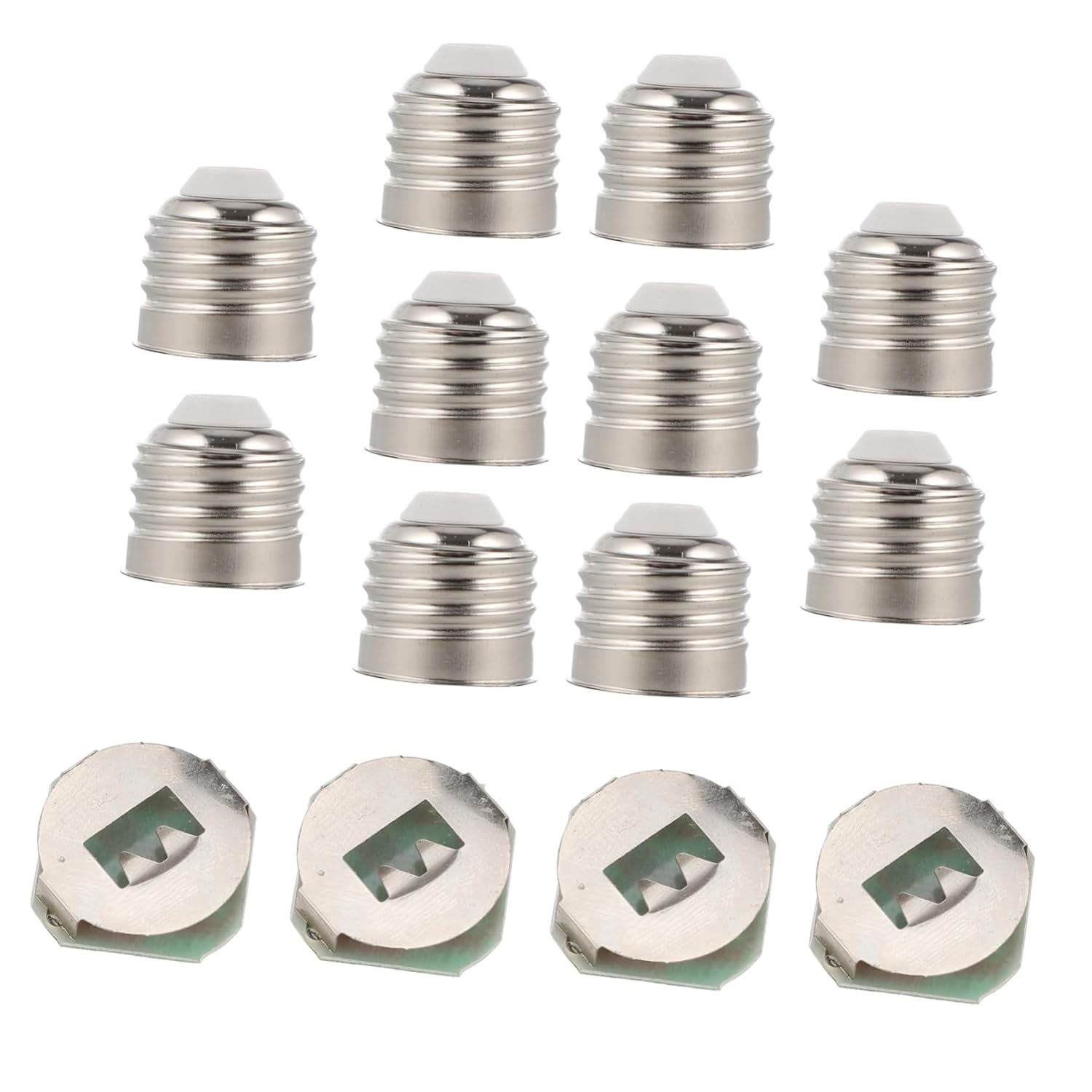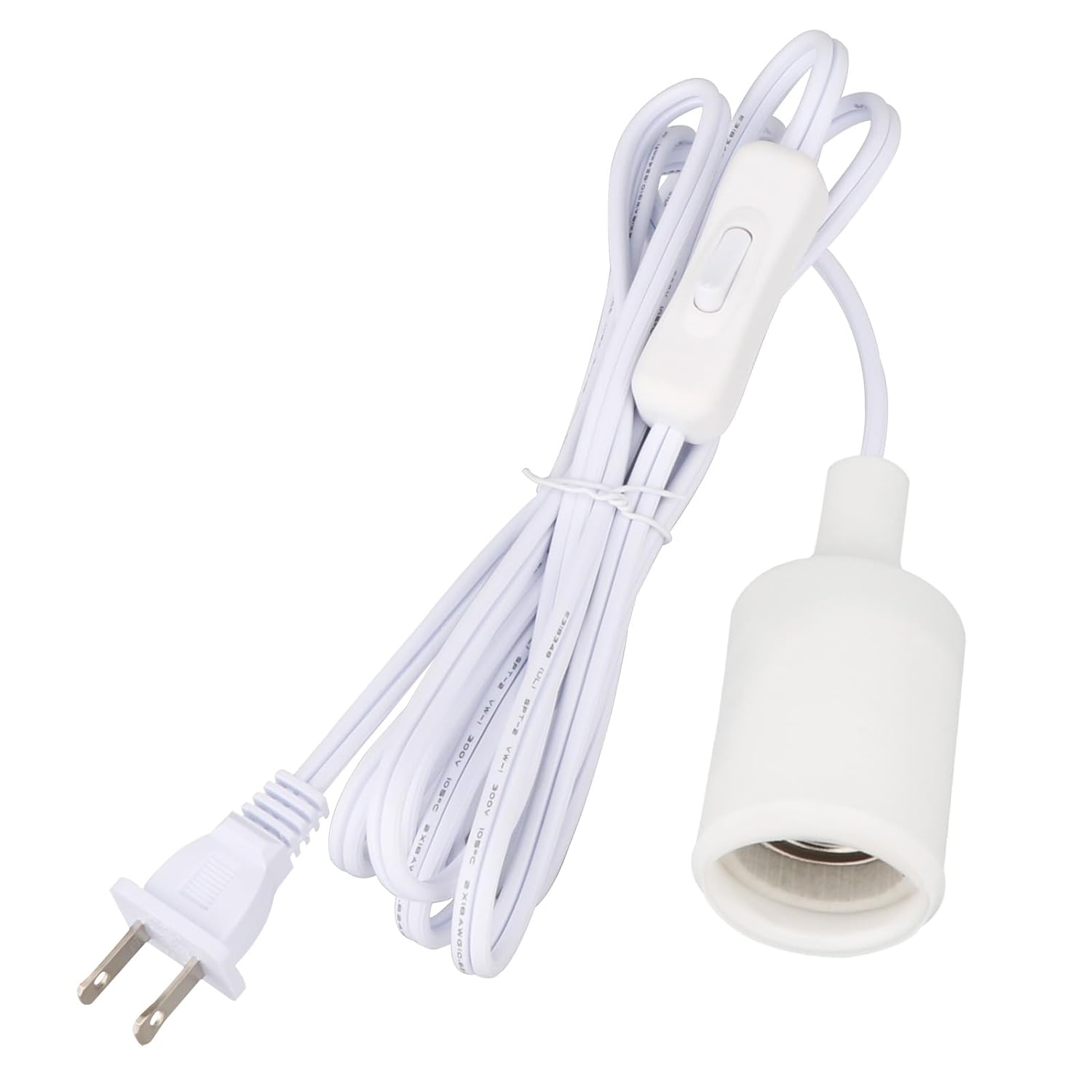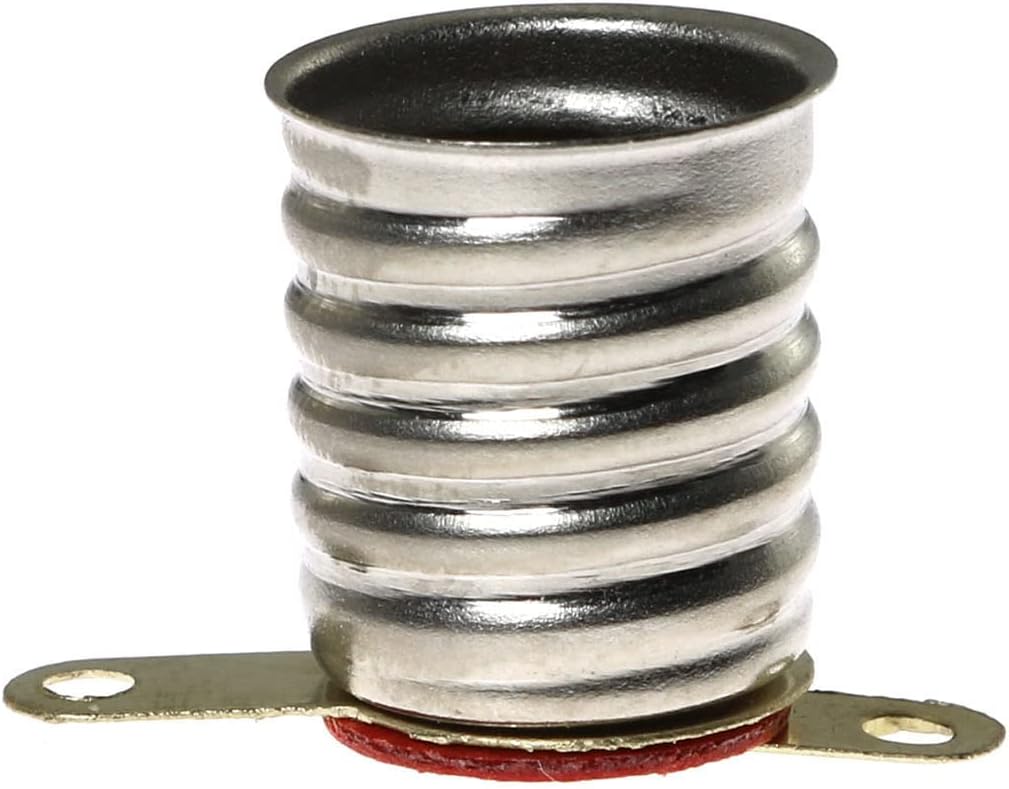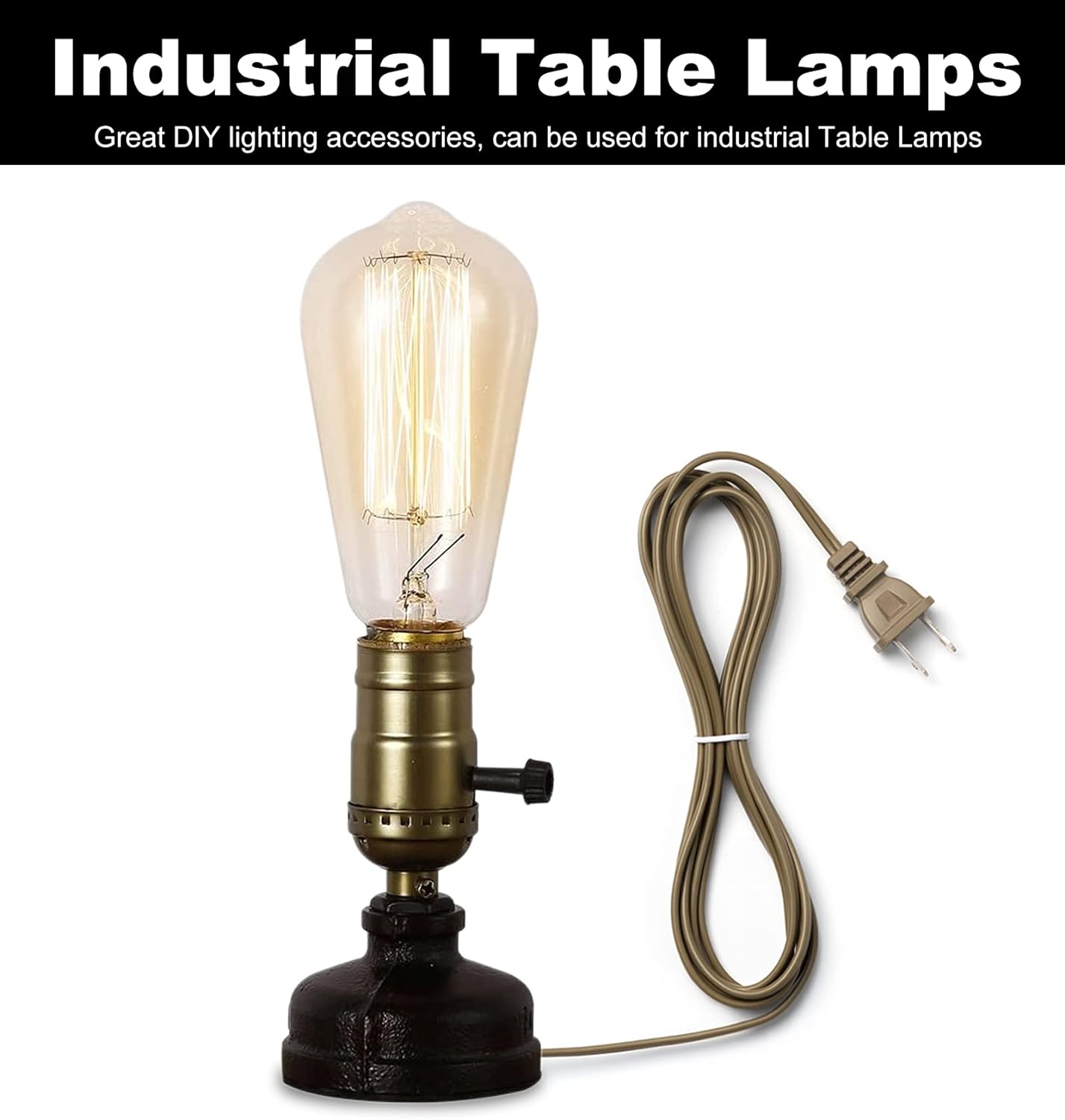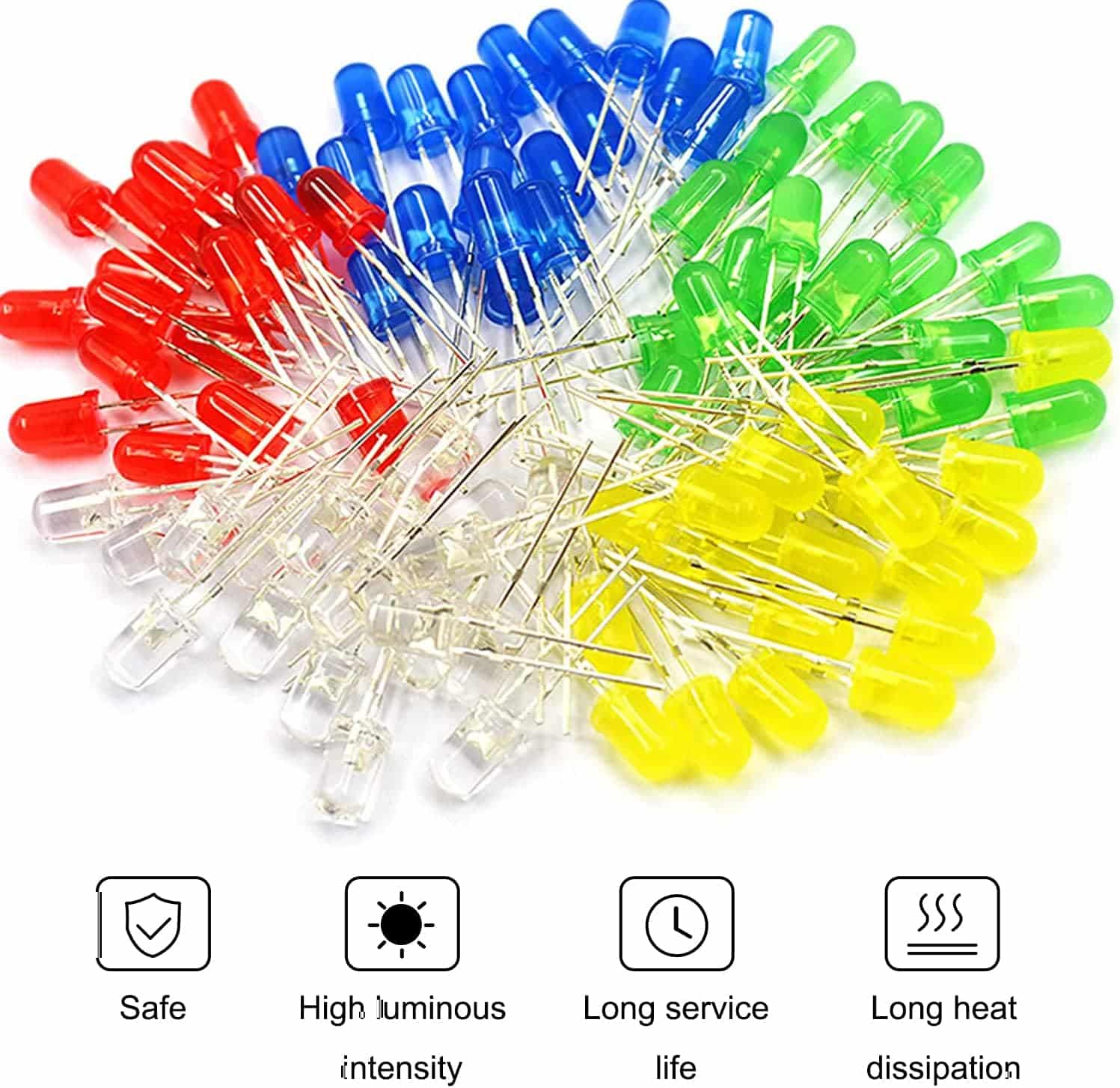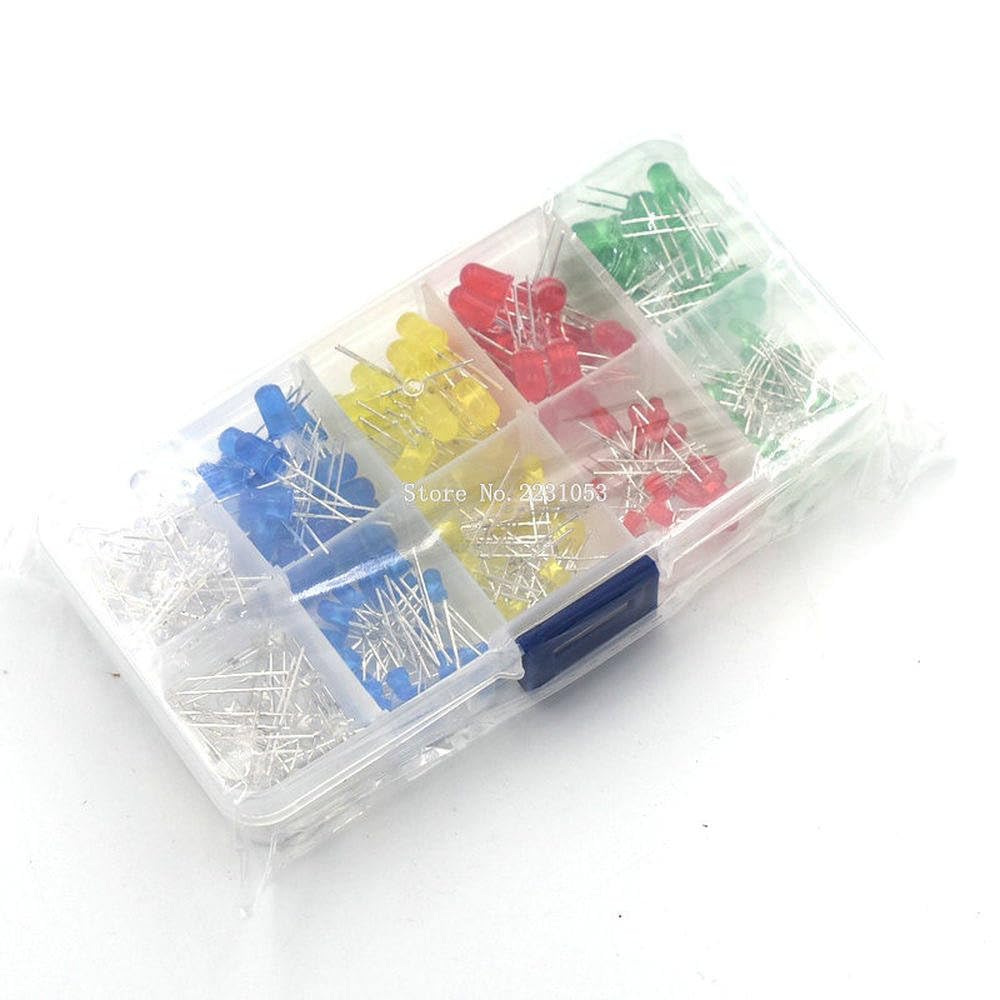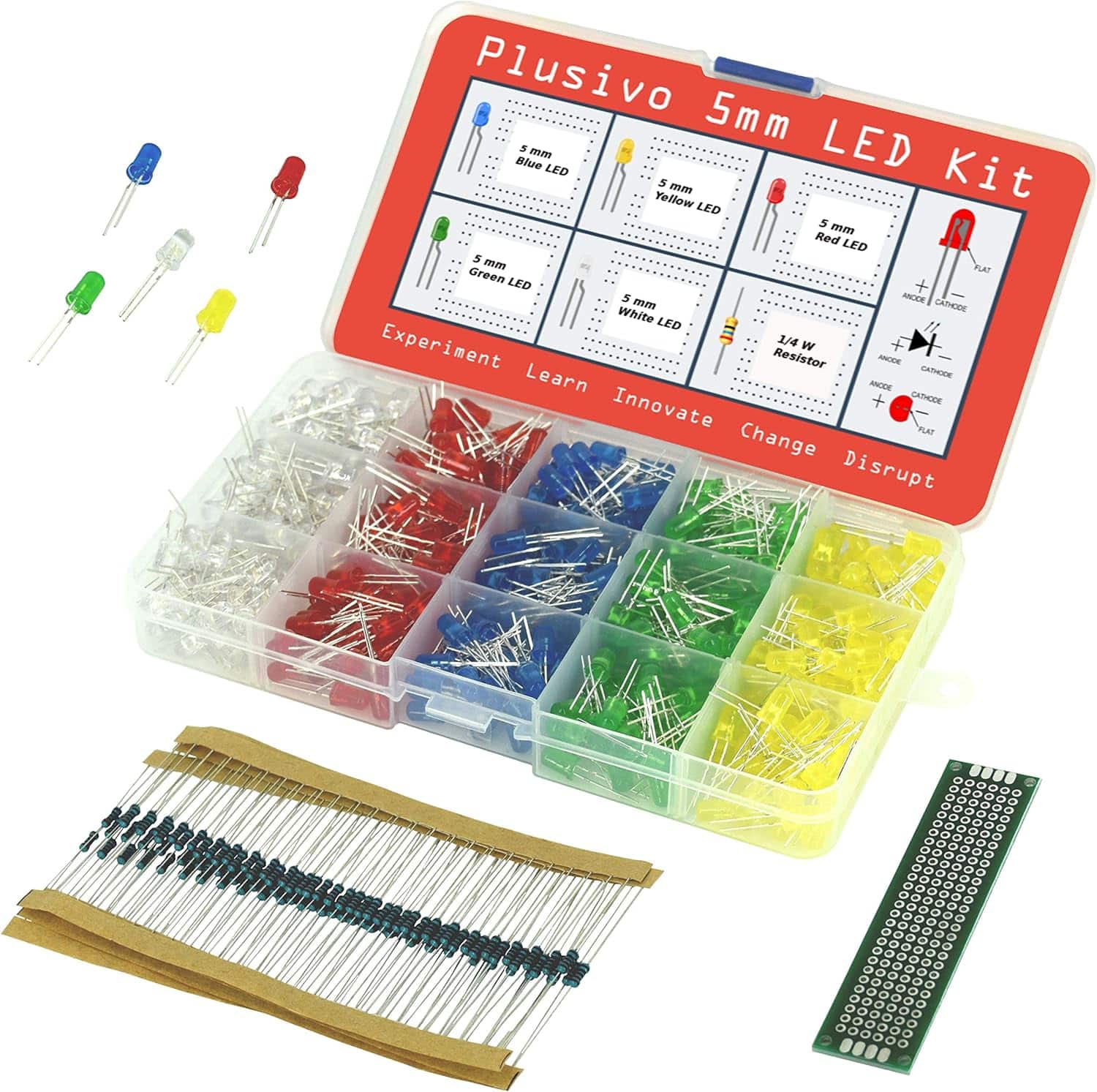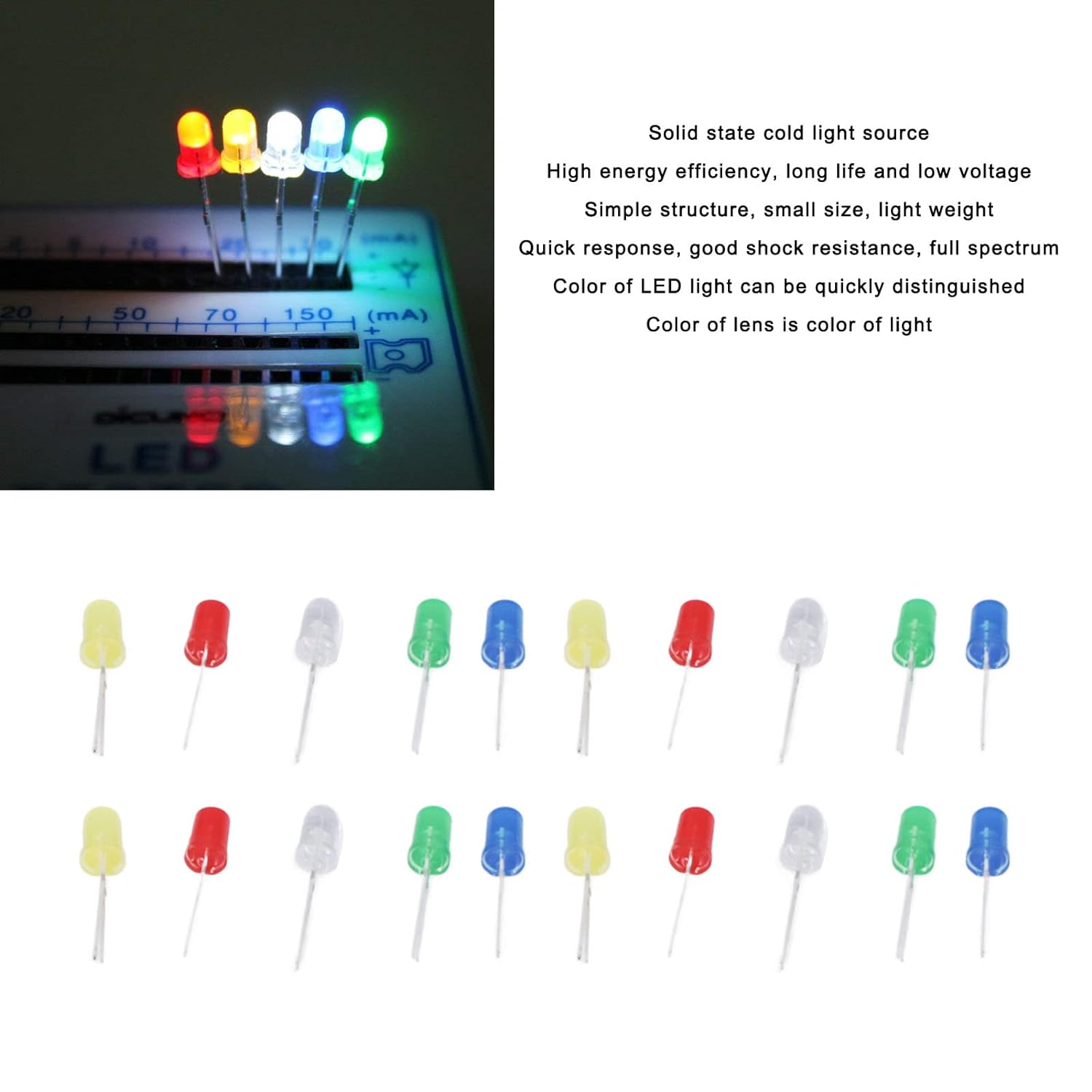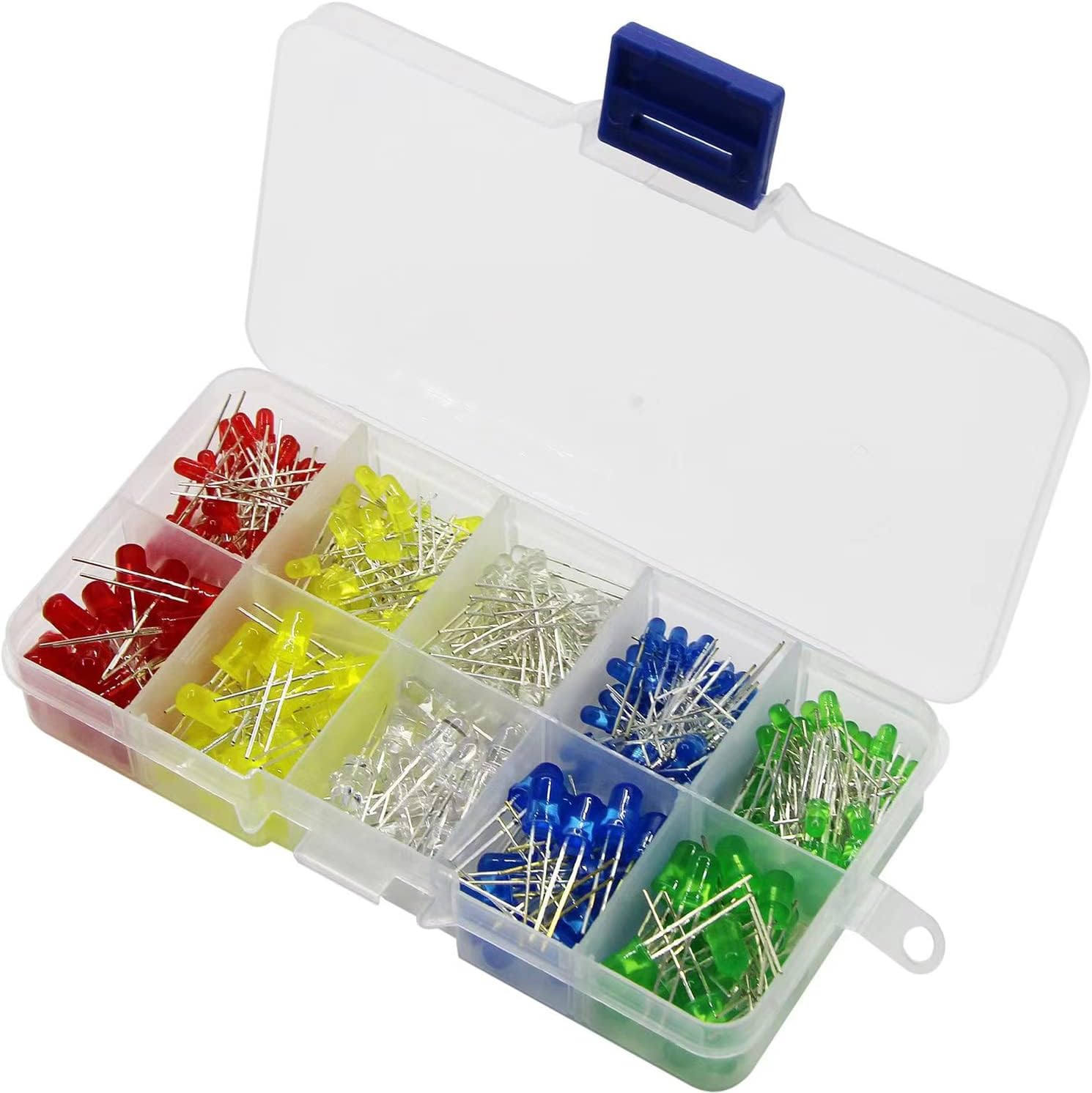In this step-by-step guide, I will walk you through the process of choosing the perfect waterproof LED strip for your project. Waterproof LED strips are an excellent solution for adding bright and vibrant lighting to indoor or outdoor spaces that may be exposed to moisture. Whether you are looking to enhance the ambiance of your garden, illuminate a pool area, or create a stunning lighting display indoors, this guide will help you navigate the options and make an informed decision. By following these step-by-step instructions, you will be on your way to selecting the ideal waterproof LED strip that suits your needs and unleashes your creativity.
Illuminating your space with style!



Why You Should Watch This Before Purchasing LEDs
Understanding your project requirements
To identify the specific needs of your project, begin by determining the desired length of the project. Consider the color and brightness requirements as well, ensuring they align with your project goals. Additionally, make a list of any specific features you require, such as special effects or functionalities.


Choosing the right type of waterproof LED strip
When choosing the right type of waterproof LED strip, start by considering the different options available, such as IP65, IP67, or IP68. Carefully assess your project’s environmental conditions to determine which level of waterproofing is necessary. This will ensure that your LED strip is adequately protected against any potential water damage and will perform optimally in its intended setting.
Determining the appropriate brightness level
Evaluate the brightness requirements: Start by determining the level of illumination needed for your project. Consider factors such as the size of the area to be illuminated and the desired ambience. Once you have a clear understanding of your brightness requirements, choose an LED strip that can deliver the necessary level of illumination. Look for specifications such as lumens or lux, which indicate the brightness output of the strip. By carefully evaluating and selecting the appropriate LED strip, you can ensure your project is well-lit and meets your desired use.
Deciding on the color temperature
To decide on the color temperature that matches your desired ambiance, start by considering the mood you want to create. For a cozy and inviting feel, choose warm white lighting. If you prefer a more modern and crisp atmosphere, opt for cool white lighting. If you want the flexibility to change colors, go for RGB color-changing options. Experiment with different color temperatures to find the perfect match for the ambiance you have in mind.
Considering the power requirements
Calculate the power consumption of the LED strip by multiplying the wattage per meter by the total length of the strip you plan to use. This will ensure compatibility with your power source and help you avoid overloading. For example, if the LED strip has a wattage of 10W per meter and you plan to use a 5-meter length, the total power consumption would be 10W/m * 5m = 50W. Remember to consider this calculation to make an informed decision and ensure optimal performance of your LED strip.
Evaluating installation method
To determine the type of LED strip installation method suitable for your needs, follow these steps:
- Assess the desired location: Evaluate where you intend to place the LED strip and consider the surface type, whether it’s smooth or uneven.
- Consider convenience and permanence: Decide whether you prioritize a simple, temporary installation using a self-adhesive strip, or if you prefer a more secure, long-term solution that involves mounting brackets.
- Evaluate customization requirements: Determine if you need to modify the length of the LED strip by cutting and reconnecting it in order to fit your specific application. In this case, opt for a flexible strip that allows for easy customization.
By considering these factors, you can decide which installation method is most suitable for your LED strip project.
Checking the waterproof rating
To ensure that the LED strip is suitable for your project’s location, consider the factors such as humidity, dust, or outdoor exposure. Check the waterproof rating provided by the manufacturer and make sure it is appropriate for the environment where you plan to install the strip. Keep in mind that higher ratings, such as IP67 or IP68, offer better protection against water and dust compared to lower ratings like IP65.
Reviewing customer reviews and ratings
To gain insights into the quality, durability, and performance of the LED strip, read customer reviews and ratings. These reviews are written by real users who have tried and tested the product, offering valuable feedback and personal experiences. By taking the time to read through these reviews, you can make a more informed decision about the LED strip that best suits your needs and requirements.
Comparing prices and warranties
To compare prices and warranty options from different suppliers, start by gathering information on the products or services you’re interested in. Visit the websites of various suppliers and look for pricing details, as well as any information on warranties or guarantees they offer. Make a list or keep a spreadsheet to organize the information and easily compare the different options. By doing this, you can ensure you are making an informed decision and getting the best value for your investment.
Making the final decision
In conclusion, when selecting the perfect waterproof LED strip for your project, it’s crucial to consider a few key factors. Start by assessing your project requirements and determining the desired brightness, color temperature, and power requirements. Next, choose the appropriate type of LED strip and evaluate the installation method that suits your needs. Lastly, don’t forget to check the waterproof rating, read customer reviews, and compare prices to ensure the best value for your money. By keeping these factors in mind, you’ll be well on your way to choosing the right waterproof LED strip for your project.
Expert Advice
Step-By-Step Guide to Utilizing Waterproof LED Strips
- First, clean the surface where you plan to install the LED strips. This will ensure good adhesion and prevent any dust or residue from interfering with the strip’s stickiness
- Next, carefully remove the adhesive backing from the strip and gently press it onto the desired surface. Make sure to align it properly and avoid bending or twisting the strip
- Now, connect the LED strip to a power source. Waterproof LED strips usually come with a power adapter. Plug in the adapter and ensure it is securely connected to the strip
- If there are multiple sections or if you want to create bends, ensure the strip connectors are properly connected. Most LED strips have connectors that allow for easy extension or bending
- Lastly, test the LED strip by turning on the power source. If all connections are secure, the LED strip should illuminate. You can then adjust the brightness or change the lighting effects according to your preference
- Remember, always refer to the manufacturer’s instructions for any specific guidelines or precautions related to your particular LED strip model. Enjoy creating your illuminated spaces!
Everything you need to know about Waterproof LED Strips
What factors should I consider when choosing waterproof LED strips?
When choosing waterproof LED strips, there are a few important factors to consider. First and foremost, it’s crucial to determine the level of waterproofing required for your specific application. LED strips can come with varying degrees of waterproofing, such as IP65, IP67, or IP68, each offering different levels of protection against water and dust.
Secondly, consider the intended location and conditions where the LED strips will be installed. If they will be exposed to moisture, humidity, or outdoor elements, it’s advisable to choose strips with a higher waterproof rating. For outdoor use, IP67 or IP68 rated LED strips would be better suited due to their superior protection against water.
You should also consider the installation method. Some LED strips come with adhesive backing for easy attachment, while others require additional waterproof connectors or mounting brackets for a secure and durable installation. Make sure to choose the appropriate accessories for your specific needs.
Another factor to consider is the color and brightness of the LED strips. Different LED strips offer a range of color options, such as RGB or single colors like white or warm white. Additionally, check the brightness level to ensure it meets your requirements and will provide adequate illumination.
Lastly, it’s always a good idea to read customer reviews and check the reputation of the manufacturer or brand. Look for reliable and reputable brands that offer high-quality waterproof LED strips to ensure longevity and performance.
By considering these factors, you’ll be well-equipped to choose the right waterproof LED strips for your specific needs.
How do I install waterproof LED strips?
To install waterproof LED strips, you’ll need the following materials: waterproof LED strips, power supply, connectors (if necessary), a sturdy surface, and adhesive tape or clips for mounting.
Here’s a step-by-step guide to help you install them:
- Measure and plan: Decide where you want to install the LED strips and measure the desired length. Keep in mind that you might need to cut the strip or connect multiple strips together.
- Clean the surface: Ensure the surface where you’ll be installing the LED strips is clean and dry. This will help the adhesive tape or clips adhere properly.
- Prepare the power supply: Determine the appropriate wattage and voltage requirements for your LED strips. Connect the power supply to an electrical outlet, following the manufacturer’s instructions.
- Cut or connect the LED strips: If you need to adjust the length of the LED strips, carefully cut them using scissors or a utility knife. Most strips have marked cutting points. Alternatively, you can use connectors to link multiple strips together.
- Connect the strips to the power supply: Depending on the type of LED strips you have, you might need to connect the strip to the power supply using soldering or connectors. Follow the manufacturer’s instructions to ensure proper connections.
- Mount the LED strips: Now is the time to attach the LED strips to the desired surface. Peel off the backing of the adhesive tape and firmly press the strip onto the surface. Alternatively, use clips designed for LED strip mounting.
- Test the installation: Turn on the power supply and check if the LED strips are functioning correctly. If any issues arise, ensure all connections are secure and follow troubleshooting steps provided by the manufacturer.


